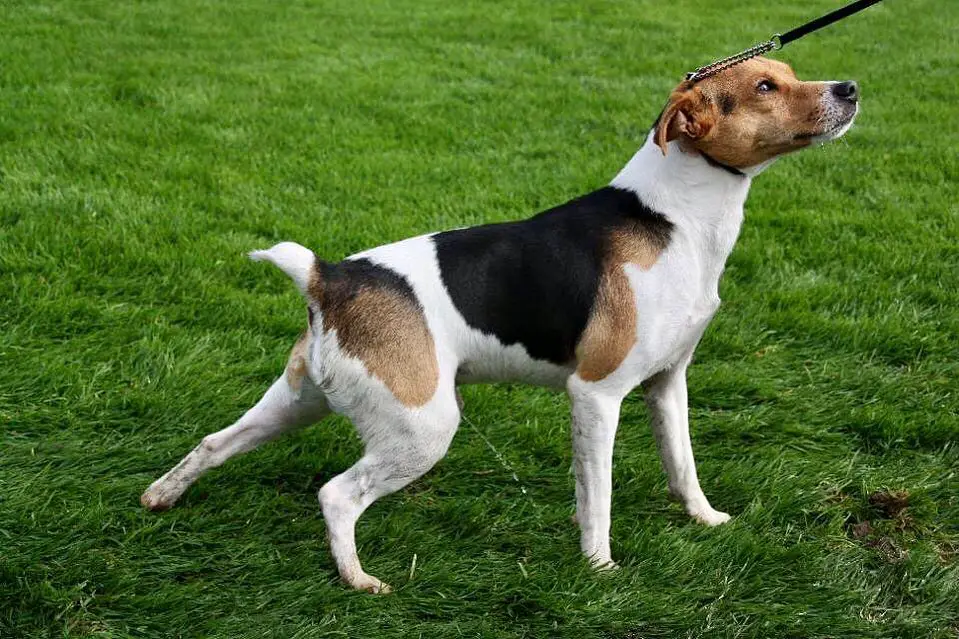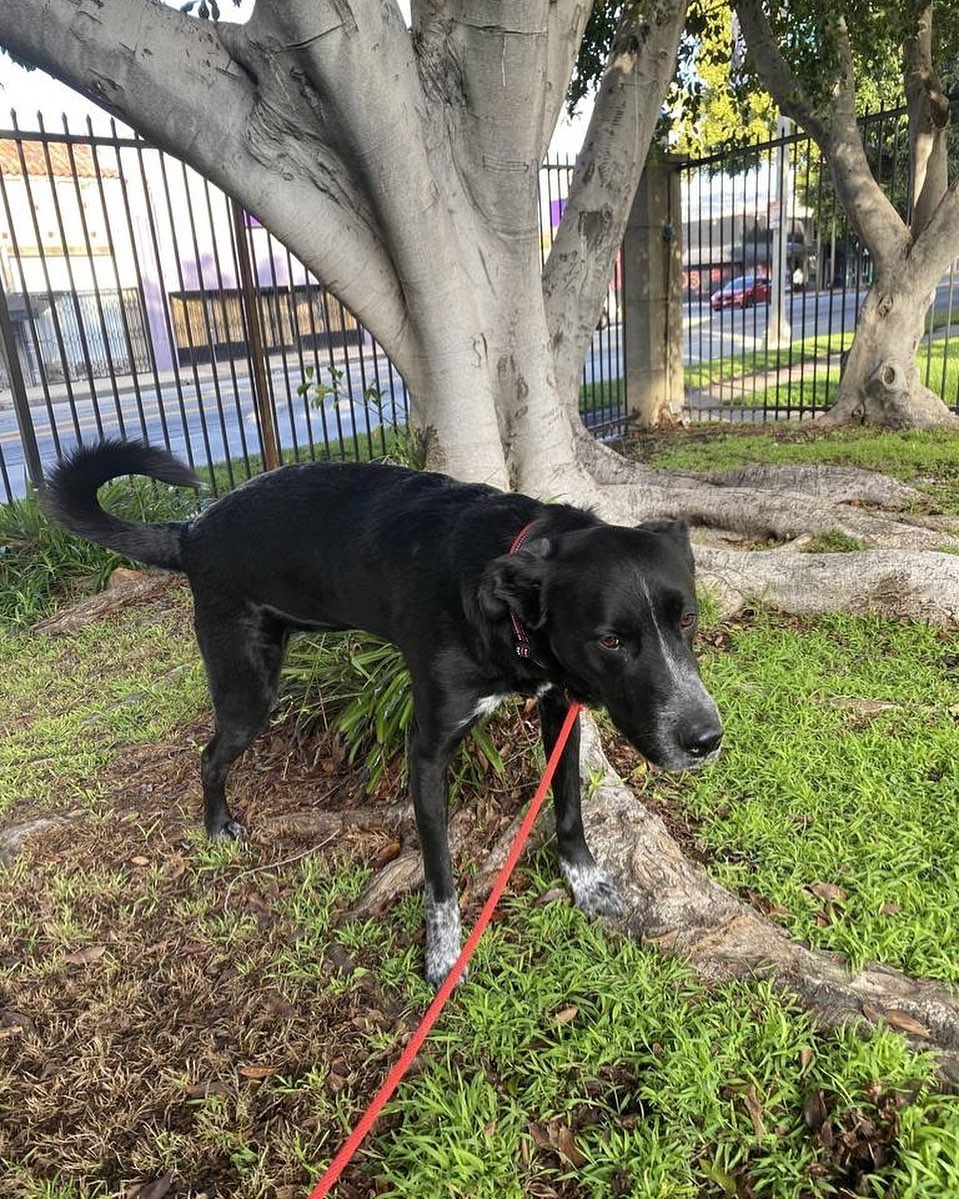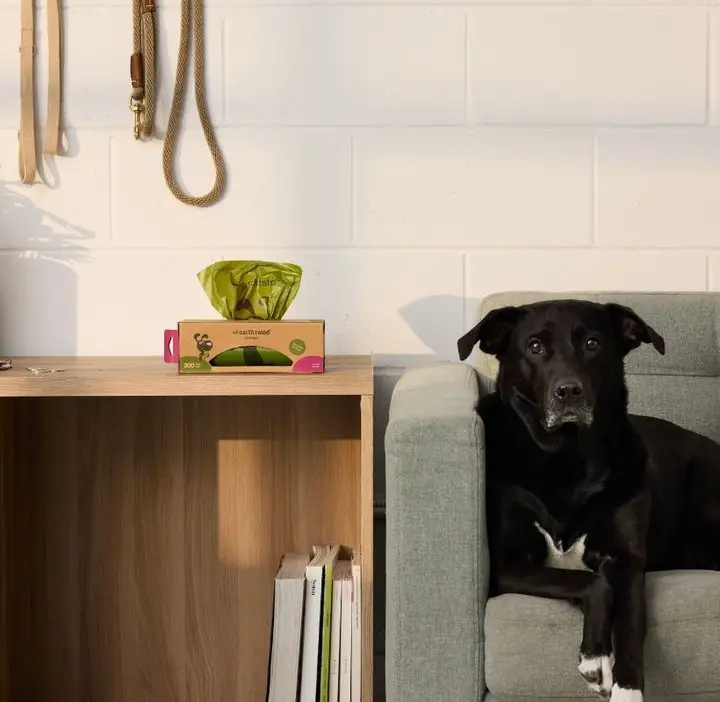My dog is on insulin and still peeing everywhere. When you have diabetes in dogs, your dog needs to be on insulin. But just because your dog is on insulin doesn’t mean it will stop peeing everywhere.
If your dog has been acting normal but suddenly starts peeing, there may be nothing wrong with them. It could simply be that your dog isn’t eating enough food as part of its diet plan due to the changes in medication.

What Is Diabetes in dogs?
With diabetes, the glucose-insulin connection isn’t working as it should. Diabetes occurs in dogs in two forms:
- Insulin-deficiency diabetes: This is when the dog’s body isn’t producing enough insulin. This happens when the pancreas is damage or otherwise not functioning properly. Dogs with this type of diabetes need daily shots to replace the missing insulin. This is the most common type of diabetes in dogs.
- Insulin-resistance diabetes: This is when the pancreas is producing some insulin, but the dog’s body isn’t utilizing the insulin as it should. The cells aren’t responding to the insulin’s “message,” so glucose isn’t being pulled out of the blood and into the cells. This type of diabetes can especially occur in older, obese dogs.
Female dogs can also develop temporary insulin resistance while in heat or pregnant.
You may like: Dog laryngeal paralysis benadryl
How to treat diabetes in dogs?
The typical components and goals of treatment are:
Insulin
Insulin must be administered through shots under the skin rather than orally, typically two times per day. Many pet owners are intimidated by the thought of giving their dogs injections, but the process is usually quick and easy to learn, and dogs generally tolerate it well. With a little patience, your family can get accustomed to this new daily routine. There are different types of insulin available. Your vet will choose what is best for your pup’s needs.
Since every dog is different, you will need to experiment briefly to find the correct dose. Start with a small insulin dose since too much can result in hypoglycemia, which is low blood sugar and could be deadly. Your veterinarian will be able to explain hypoglycemia symptoms in detail so that you know exactly what to look for. These can include trembling, seizures, or even coma.
Diabetic-safe diet.
While there are many food options available, some of the most common include items that are high in protein, lower in fat content, and have an appropriate balance of fiber and complex carbohydrates to help stabilize blood sugar levels. Depending on your pup’s individual needs, you may need to experiment with different types of food before finding the perfect diet.

Close monitoring.
In order to effectively monitor your dog’s blood sugar levels, you will need to take your pet to regular vet appointments. If a veterinarian sees that a pet’s blood glucose level is not where it should be, they may need to adjust the insulin dosage or feeding schedule.
You may like: Dogs kill snake
Preventing complications.
Some uncontrolled diabetes can lead to some pretty intense complications, including urinary tract infections, cataracts, organ damage, and the extremely dangerous diabetic ketoacidosis (DKA). DKA happens when the body’s process for overseeing acid-base levels, hydration, and electrolyte concentrations goes awry.
My dog is drinking and urinating a lot. Is DI the likely cause?
If your dog is drinking and urinating excessively, it could be because of many causes. One of the most common causes is diabetes insipidus (DI), a condition in which the body produces too little antidiuretic hormone (ADH) or because ADH doesn’t work correctly when delivered.
This excess water consumption often leads to urinary tract infections, increased thirst, and production.
In addition, dogs with DI may become dehydrated from having a large volume of urine that contains very little sodium and chloride; these substances are necessary for proper fluid balance in the blood (solids-to-fluids ratio).
Other conditions that lead to increased thirst include liver problems, kidney disease, Cushing’s disease, hyperthyroidism—a thyroid gland disorder—and some medications.
To determine if your dog has one of these underlying disorders causing his excessive water consumption/urination problem(s), several diagnostic tests must be performed by your veterinarian: a complete blood count test, urinalysis, and a thyroid panel.
The best way to treat your dog’s excessive thirst is to ensure he gets enough water each day, no matter how much he drinks.
You can measure the amount of water he drinks daily (in ounces) and then gives him more if it’s less than what you think is necessary for his body weight (in pounds). This will ensure that his fluid balance remains normal.
If your dog has diabetes and you have not monitored his blood sugar levels, it could be hazardous for him. Be sure to perform regular blood sugar checks on him so that you can adjust his insulin dose accordingly if needed.
You may like: Can I feed my dog raw meat from the supermarket?
My dog is on insulin and still peeing everywhere, what can I do?
If your dog is on insulin yet still peeing everywhere, it could be due to a number of things. Firstly, make sure you are administering the correct dose at the correct times and always following your vet’s advice. Secondly, your pet may become more thirsty while taking insulin, so ensure they have easy access to fresh water throughout the day.
If this is not helping, it might be worth considering whether there are any underlying health issues or stressors that could be contributing to their behavior — such as diabetes-associated urinary infections or bladder stones. It might also help to bring them in for regular check-ups with their vet to ensure everything is under control. Additionally, if possible, create routines and rules for your pet which promote good toilet habits, and reward them for following the rules. This may help teach your pet to only pee in specific areas. Finally, if all else fails, talk to your vet — they may be able to prescribe medications that can help control the issue or provide other advice based on your dog’s individual needs.

Conclusion.
You should take your dog to the vet immediately if they are peeing everywhere. They can check for any medical conditions that may be causing it. There are many things you can do for your dog to relieve incontinence after any medical conditions have been treated or ruled out





